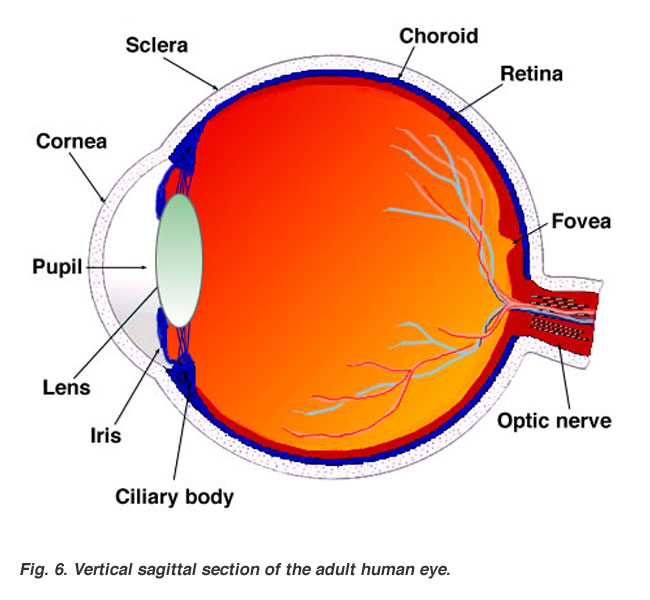
Friday, April 18, 2008
Tuesday, April 01, 2008
Oldies But Goodies

Cornea transplants are routine, with the highest success rates (97-99%) of any transplant procedure. In general, corneas for transplant are obtained from eyebank donors, aged 2-70. A recent study suggests that corneas from older donors may work as well as corneas from younger donors.
Some kinds of cornea damage and prior LASIK surgery disqualify corneas from being used as transplant material. As more and more people decide to undergo LASIK kinds of procedures, fewer corneas will qualify as transplant material. By increasing the potential donor age, it will help address potential shortages.
"We now have scientific evidence showing that older donors can be used reliably in corneal transplantation," said Dr. Edward Holland of the University of Cincinnati and one of the study's lead researchers.
The cornea is the clear covering for the front of the eye, crucial for helping it focus light. More than 39,000 corneal transplants were performed last year, according to the Eye Bank Association of America.
The nation has had an adequate supply so far. But specialists say there are international shortages, and eye banks fear U.S. supplies will tighten as a result of tougher Food and Drug Administration donor-safety rules that began last summer, increasing interest in older donors.
This is interesting in light of some of the research done in my own lab a few years ago, where we saw stem-like cells in corneas from 92-year old donors. It's amazing how the cornea is able to maintain its clarity and vitality throughout life....and even beyond.
